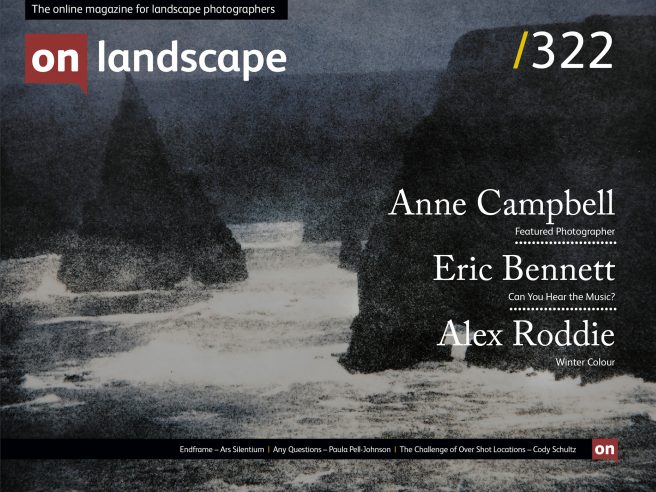
Photographer Judy Linn’s Unique Perspective on the World

# The Life and Work of Photographer Judy Linn: A Visionary Observer
## Introduction
Judy Linn is a photographer who has spent decades capturing the intricate beauty of seemingly mundane moments. Her unique vision and ability to find significance in overlooked details have made her an influential yet underappreciated figure in the world of photography. Whether documenting the streets of New York City, intimate moments with friends, or abstract compositions of everyday objects, Linn’s work demands attention and re-evaluation.
In an art world that often pressures photographers to define themselves by a particular subject or style, Linn has resisted categorization. Her vast body of work spans decades and various themes, making her difficult to pigeonhole. This refusal to conform sets her apart from her contemporaries and keeps audiences engaged with her photographic discoveries.
## Early Life and Career Beginnings
Judy Linn was born in Detroit, Michigan, in 1947. She attended Cooper Union in New York City, where she developed her approach to capturing the world around her. During the late 1960s and early 1970s, Linn became friends with influential artists and musicians, including the legendary Patti Smith and Robert Mapplethorpe. Her candid and unfiltered portraits of Smith, taken between 1969 and 1976, became the basis for her only monograph, *Patti Smith 1969–1976* (2011).
This collection is one of the rare celebrity-focused photography books that is deeply personal and intimate rather than sensational. Linn and Smith were friends before fame transformed Smith into a cultural icon. Through Linn’s lens, we see Smith not as a rock star but as a person discovering herself – experimenting with fashion, masculinity, femininity, and art.
## The Art of the Ordinary
While Linn is best known for her photographs of Smith, limiting her legacy to those images does not do justice to the vast range of her work. She has continuously explored the everyday world, finding beauty in simple, fleeting interactions.
Her black-and-white street photography follows in the tradition of Henri Cartier-Bresson’s theory of *the decisive moment*, where photographers capture an instant that holds deeper meaning. However, Linn’s approach is quieter and less theatrical than Cartier-Bresson’s or even her American counterparts like Garry Winogrand and Robert Frank.
Take, for instance, her 1995 photograph, *fish east broadway*, which depicts a single carp inside a restaurant’s fish tank in New York Chinatown. The photograph is foggy, washed-out – as though the city itself is dissolving. The fish stares toward the viewer, trapped in its small tank while beyond the glass, people move freely. Linn often captures these moments of quiet reflection, prompting viewers to consider loneliness, movement, and chance encounters.
## A Different Kind of “Decisive Moment”
Henri Cartier-Bresson’s *The Decisive Moment* (1952) remains one of the most influential photography books of all time, emphasizing the importance of capturing fleeting significance in everyday life. Cartier-Bresson’s humanist approach resonated with male photographers such as Walker Evans, Roy DeCarava, and Lee Friedlander. However, photography history often overlooks women who also engaged in street photography.
Whereas male photographers might focus on grand, dramatic human gestures in their images, Linn – along with photographers like Helen Levitt, Diane Arbus, and Vivian Maier – presents a different kind of decisive moment. Linn’s images often highlight loneliness, overlooked details, and the traces of human activity rather than the people themselves.
In *frozen piss* (1997), Linn photographs a puddle of urine frozen on the pavement, its shape eerily resembling an elephant. This humorous yet oddly poetic moment captures the absurdity of urban life. While undeniably mundane, the image forces viewers to reevaluate what they consider worthy of artistic expression.
## Friendship with Thomas Nozkowski
Linn frequently collaborated with painter Thomas Nozkowski, whose abstract works were often inspired by personal, everyday experiences. In *An Autobiography*, Nozkowski paired his paintings with Linn’s black-and-white photographs, creating a visual dialogue between painting and photography.
Their work overlaps in its embrace of ambiguity. Neither Linn nor Nozkowski adhered to strict artistic classifications. Nozkowski’s abstractions don’t fully reveal their real-world influences, just as Linn’s photographs often obscure more conventional narratives.
## A Photographer Without Borders
Linn’s versatility lies in her ability to photograph a wide range of subjects without losing her distinctive perspective. Some themes that frequently appear in her work include:
– **Unusual Compositions** – The off-kilter framing of *tilted house* (2002) makes a familiar image appear unfamiliar, highlighting her tendency to destabilize conventional viewpoints.
– **Traces of Human Life** – Linn often captures remnants of human presence, whether in the form of discarded objects (